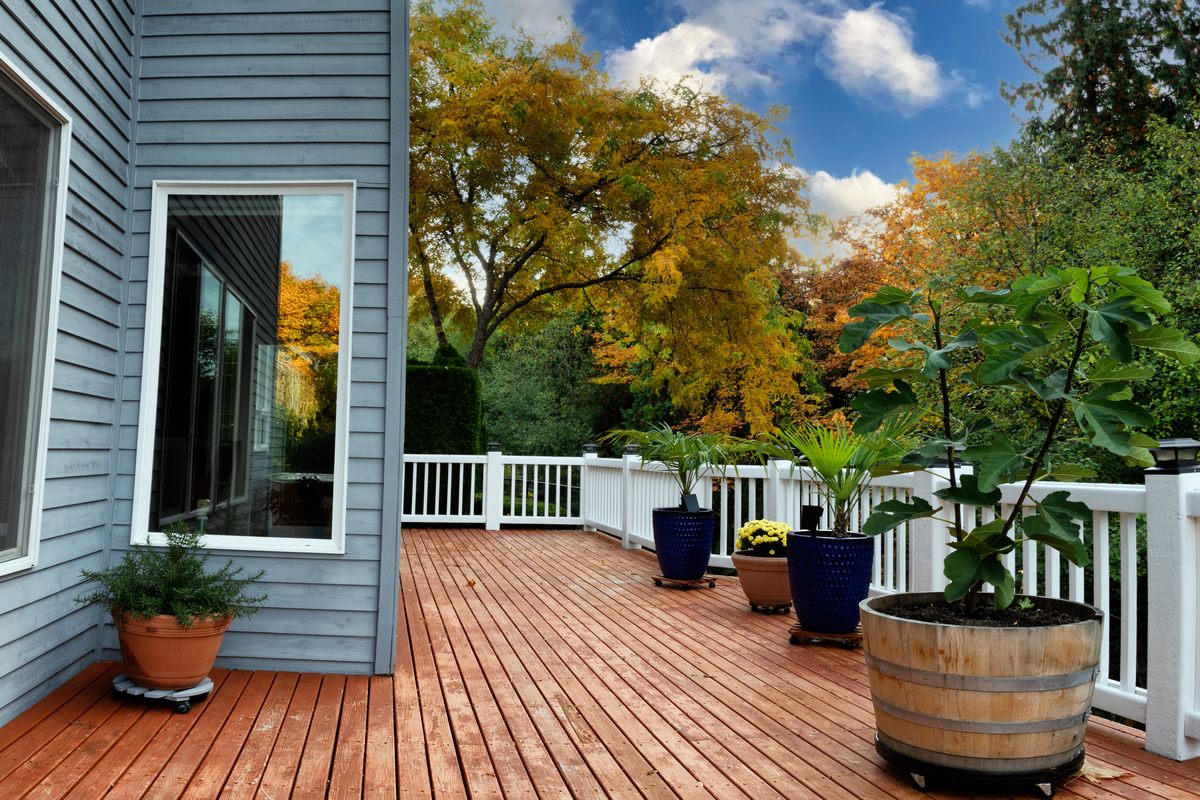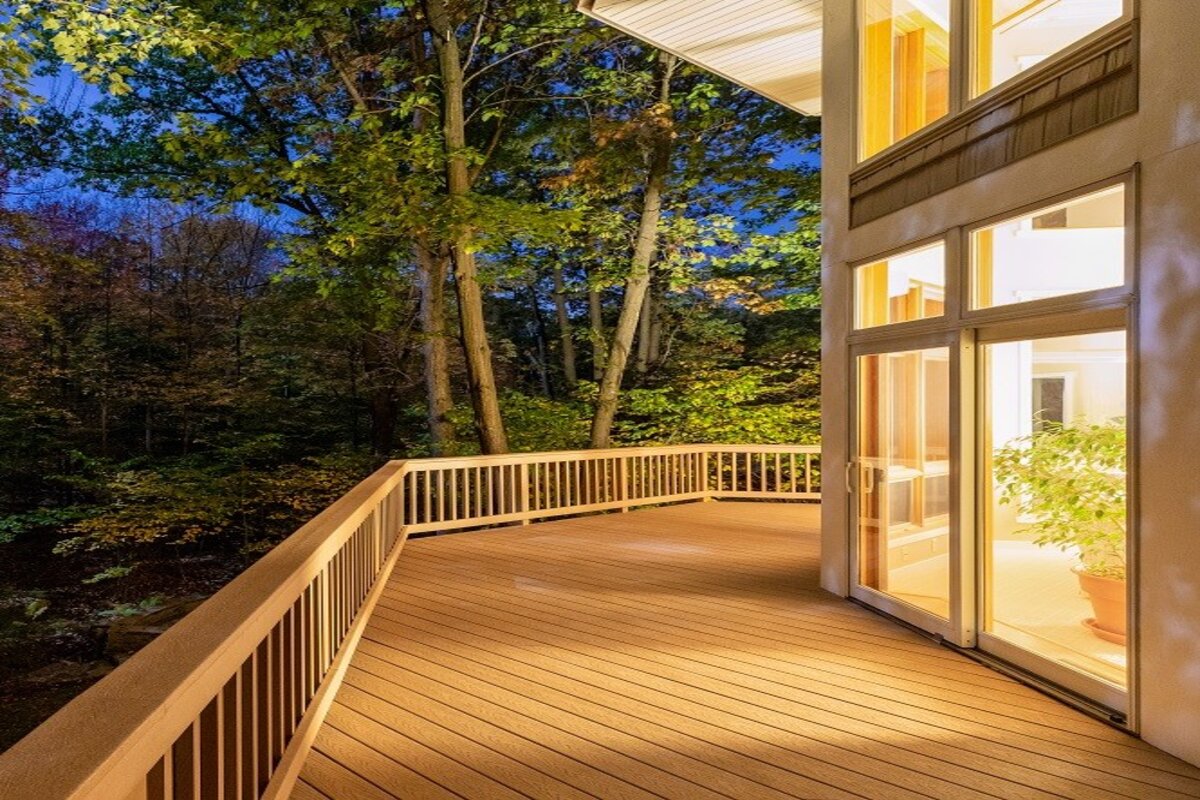Deck construction and maintenance is an art that requires keen attention to detail and careful use of materials. One such material is the joist tape, employed in a process known as sealing or taping deck joists. This technique has several advantages, and some disadvantages, that a homeowner or builder needs to be aware of.
What is Deck Joist Taping?
Taping deck joists is a process that involves applying a special adhesive tape over the top of the joists, which are the horizontal supporting members running between the structures, posts, or walls supporting the deck. The primary purpose of the tape is to protect the joists from water damage and prolong the life of the deck. This tape acts as a barrier, preventing water from permeating the wood and causing rot or deterioration over time. The tape itself is usually self-adhesive, designed to firmly adhere to the surface of the wood.
The Importance of Sealing or Taping Deck Joists
Its importance lies in its protective function. Even though about 90% of your joists are usually covered by the deck board itself, the exposed areas can be vulnerable to water intrusion, especially from rain or snow. This is where joist tape comes in handy. The tape covers the top of the joists, protecting them from potential water damage.
Besides providing protection against moisture, taping deck joists also extends the longevity of your deck, ensuring that it remains strong and stable for a longer period. It can be an especially beneficial measure in regions with heavy rainfall or snowfall, where decks are regularly exposed to high moisture levels.
The Pros of Taping Deck Joists
Understanding the functionality of taping deck joists can give you a clearer picture of its importance in the deck building and maintenance process. Here, we delve deeper into the impact of this technique on deck longevity, water intrusion protection, and how hidden fasteners play a part.
The Longevity Impact of Taping Deck Joists
Taping deck joists is a proven technique that can significantly extend the lifespan of your deck. By creating a water-resistant barrier over the joists, the tape helps minimize the likelihood of wood rot and decay that often result from prolonged water exposure. As such, the deck structure maintains its strength and integrity for longer, making your deck a lasting investment.
Water Intrusion Protection with Joist Tapes
Joist tapes serve as an effective deterrent against water intrusion. By covering the top of the joists, they minimize the areas where water can penetrate and potentially cause damage. This protection is crucial in maintaining the quality of the deck, particularly in weather conditions that expose the deck to substantial amounts of water.
The Effect of Hidden Fasteners on Joist Taping
While joist tape provides valuable protection, it’s essential to consider the impact of hidden fasteners. These are screws that permeate the joist tape when the deck boards are secured. Even though they might puncture the tape, the overall protective integrity of the tape largely remains intact.
The Cons of Taping Deck Joists
While taping deck joists has considerable benefits, there are a few drawbacks to be aware of. These involve issues of adhesion over time and the cost implications associated with the process.
Adhesion Issues with Taping Deck Joists Over Time
One challenge that may occur with taping deck joists is that over time, the tape might start to adhere from the wood. This can lead to the tape forming “ears” or flaps beneath the deck boards, reducing the protection offered. This is especially possible given that wood is a natural material that changes with time, humidity, and temperature.
Cost Implications: Labor and Material for Taping Deck Joists
The process of taping deck joists comes with additional costs. There’s the cost of the tape itself and the labor involved in the application. Depending on the size of the deck, this can add a significant amount to the total cost of the project.
Preparation for Taping Deck Joists
Before taping deck joists, proper preparation is key to ensure effective adhesion. The process includes preparing the boards and understanding the challenges associated with applying joist tape to wood surfaces.
Prepping Boards for Joist Tape Adhesion
The joist surfaces must be clean and dust-free to maximize the adhesive strength of the joist tape. Any residue, such as sawdust, can reduce the ability of the tape to adhere firmly to the wood.
Challenges of Taping Deck Joists on Wood Surfaces
Taping deck joists on wood surfaces presents some unique challenges. As a natural material, wood has certain characteristics that can affect the tape’s adhesion. Fluctuations in humidity and temperature, for example, can affect how well the tape sticks and remains attached over time.
The Overall Value of Taping Deck Joists
When weighing the overall value of taping deck joists, it’s important to consider both the advantages and potential shortcomings. Despite the challenges, it often proves to be a worthy investment.
Weighing the Pros and Cons of Taping Deck Joists
Taping deck joists offers the advantages of enhancing deck longevity and protecting against water damage. However, it also presents certain challenges, including potential adhesion issues over time and increased costs for materials and labor.
Why Taping Deck Joists is Still Worth the Effort
Despite these challenges, the benefits of taping deck joists often outweigh the drawbacks. The process extends the lifespan of your deck, protects against water damage, and enhances the overall strength and stability of the deck structure. Even with the potential for adhesion issues and added costs, taping deck joists is a valuable step that can pay dividends in the long run.
Conclusion
The process of building and maintaining a deck involves many steps and decisions. One crucial aspect is whether or not to consider sealing or taping deck joists. Here we conclude our discussion on the topic, encapsulating the main points and posing the ultimate question: Is taping deck joists a necessary step in deck building?
Final Thoughts on Taping Deck Joists
In reviewing the subject, we’ve seen that:
- Taping deck joists can significantly enhance the longevity of your deck, providing an effective barrier against water damage.
- While it does incur additional costs and may have some adhesion issues over time, these factors are often outweighed by the long-term benefits.
- Proper preparation and understanding the inherent challenges of applying tape to wood surfaces are crucial for effective adhesion.
In essence, taping deck joists emerges as a valuable, albeit not perfect, method to protect your deck and prolong its lifespan.
Is Taping Deck Joists a Necessary Step in Deck Building?
While not necessarily mandatory, taping deck joists is a highly recommended step in deck building, particularly if longevity and durability are high on your list of priorities. The decision ultimately depends on your specific circumstances, including your local climate, the type of wood used, and your budget.
If you have any more questions or need further advice on taping deck joists or other aspects of deck building and maintenance, don’t hesitate to contact us. Our team of experts is always here to help you make the best choices for your home improvement projects.






